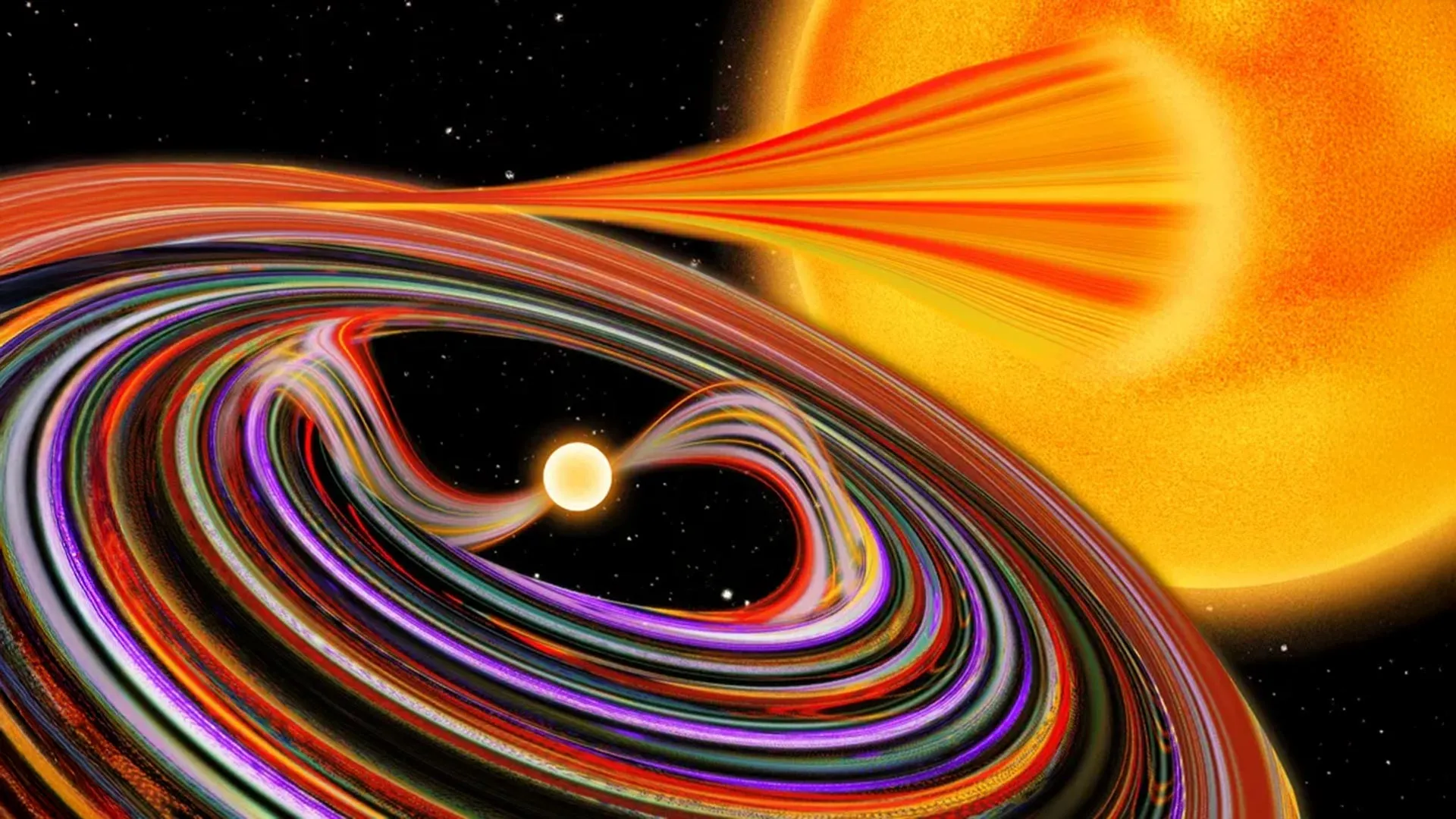Researchers at TU Graz have proven that espresso is a favourable alternative to the highly toxic and radioactive uranyl acetate in the analysis of biological samples.
To ensure that the tissue structures of biological samples are…

Researchers at TU Graz have proven that espresso is a favourable alternative to the highly toxic and radioactive uranyl acetate in the analysis of biological samples.
To ensure that the tissue structures of biological samples are…

The origin of life on Earth becomes even more fascinating and complex as we peer into the mysterious world of viruses. Said to have existed since living cells first appeared, these microscopic entities differ greatly from other…
SHANGHAI, Jan. 9 (Xinhua) — A team of Chinese and international scientists has uncovered the precise mechanism behind one of nature’s most vital alliances: the partnership between legume plants and nitrogen-fixing bacteria. This finding has…

Scientists have, for the first time, used NASA’s IXPE (Imaging X-ray Polarization Explorer) to investigate a white dwarf star. The mission’s ability to measure the polarization of X-rays allowed astronomers to closely examine EX Hydrae, a type of…

Nasa has said it will return a four-person crew aboard the International Space Station (ISS), cutting short their mission a month early because of a “serious medical condition” affecting one of the astronauts.
The agency did not disclose the name…

Parts of the San Saba River in Texas, USA, have experienced water temperatures up to 45.2°C (113.3°F). Riverbed microbes exposed to temperatures recorded there grew less active the hotter it got, indicating that climate change may make it…

Nasa is cutting short a mission aboard the International Space Station after an astronaut had a medical issue.
The space agency said Thursday the US-Japanese-Russian crew of four will return to Earth in the coming days, earlier than planned.
Nasa…

A large portion of the energy produced worldwide dissipates as waste heat from industrial furnaces, vehicle exhaust systems, power plants, and even everyday electronics before reaching its intended use.
Thermoelectric materials offer a way to…